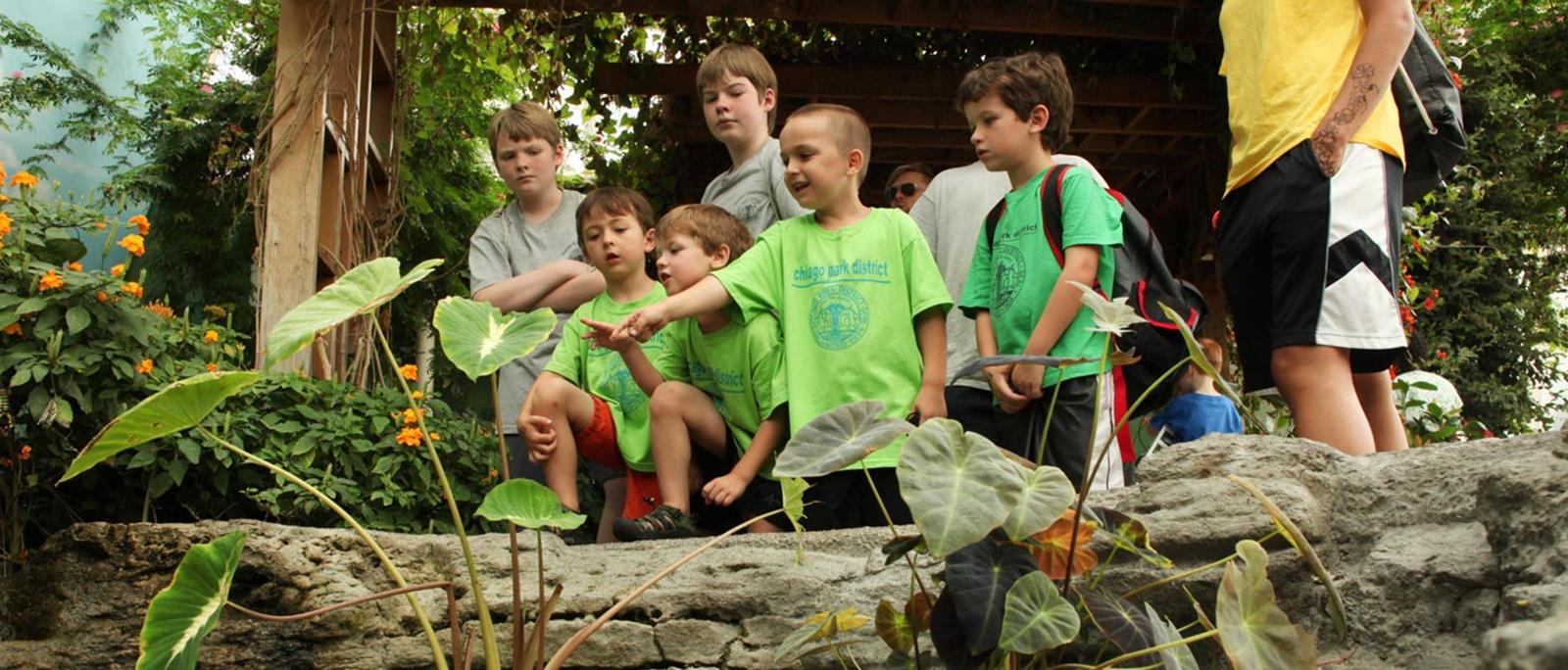Sitting beside Lake Michigan, Chicago stands tall as a true ally and advocate for science, technology, math and engineering. The country’s third-largest city, Chicago offers students a chance to learn everything from using energy smarter to butterfly migration patterns. Boasting numerous museums and universities, students have a chance to learn something just about anywhere in the Windy City.
Museums & Zoos
In a city renowned for its museums, the Peggy Notebaert Nature Museum still manages to stand out among the crowd with its massive butterfly greenhouse, 40 live animal species and overnight programs. The oldest public and private museum in the country, the museums offer students a chance to learn in over 14 indoor and outdoor high-quality workshops taught by experts. Workshops include “What’s the Buzz about Bees” (which teaches interdependence in ecosystems) and “H20 Investigations” (which uncovers the links between invertebrates and water quality). Students experience nature right in front of them in the famous Judy Istock Butterfly Haven, which contains 40 different species of exotic butterflies and birds from around the world. Trips can be focused between four different themes (Insects & More, Midwest Ecosystems, Conservation and Collections & Specimens) to enhance what your students are learning in class.
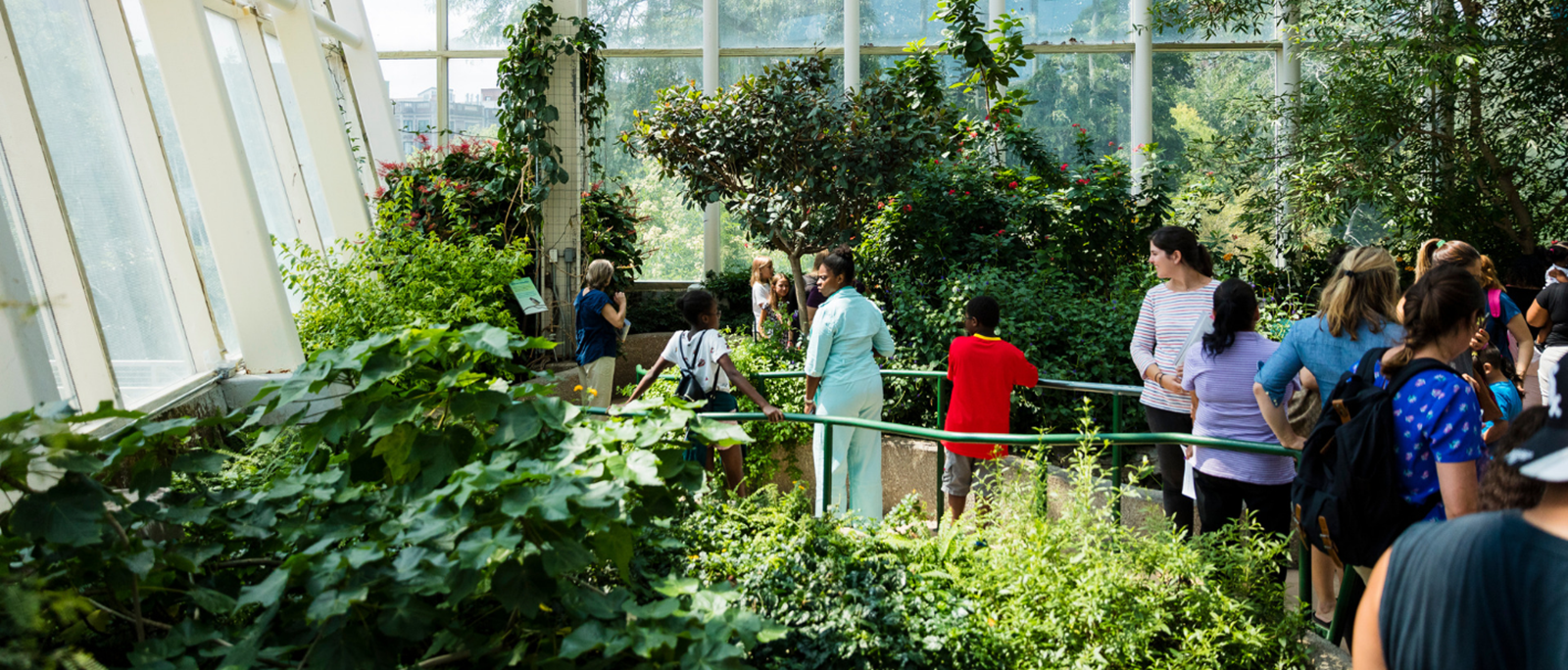
Credit: Peggy Notebaert Nature Museum
The Museum of Science & Industry offers a chance for students to see, among its ever-changing other exhibits, a captured German U-boat, the command hub of Apollo 8 and a full-size coal mine. Students are free to roam the museum in the self-guided tours, experiencing interactive displays and films that showcase the past and future of science and technology. The Museum of Science and Industry truly shines through its Learning Labs, wherein students can engineer bridges, learn about and diagnose heart disease, and—for one group a year—watch a live heart surgery performed as the students talk with the surgeons via webcam.
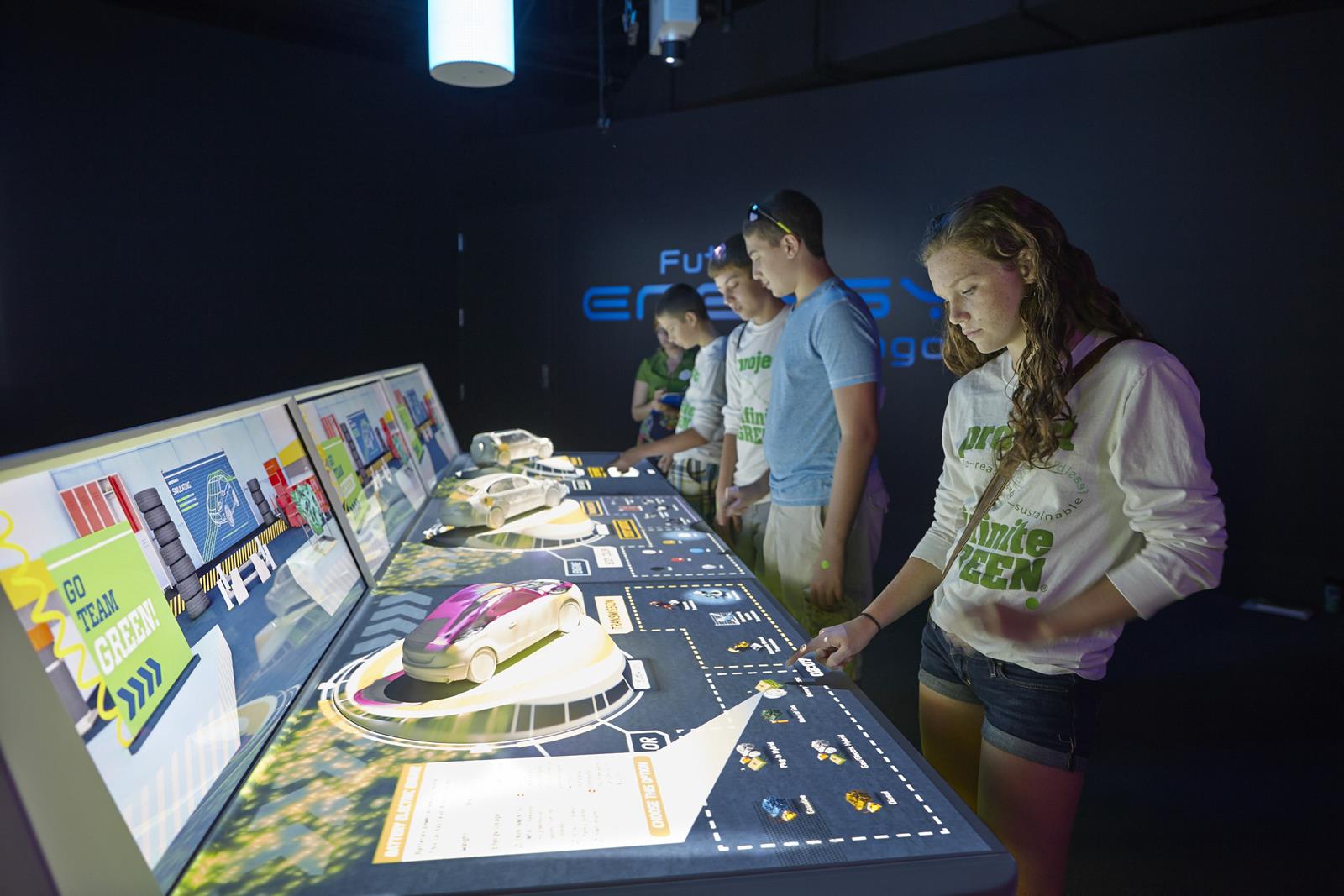
Credit: Museum of Science and Industry
The perfect mix of outdoor activity and museum learning, Lincoln Park Zoo is just waiting to educate kids young and old. Housing 1,100 animals across 220 species, the zoo give students a chance to travel the world from Africa to Antarctica through the animals that live there. Each area has a theme such as the “McCormick Bird House”(which houses around 30 different bird species from around the globe and hosts daily feeding) and the “Penguin Cove” (featuring African Penguins) where students have the chance to “Meet a Penguin”. The Lincoln Park Zoo also offers the Zoo Explorers program, giving students K-8 a more structured walk around the zoo with a guide to answer questions and engage scientific inquiry directly.
Universities & Academia
While in the windy city any prospective nursing students or other future health professionals should visit the University of Loyola in Chicago. Students interested can schedule a tour of Loyola’s top-notch simulation lab facilities, where the next generation of health professionals are trained. On certain days, faculty are available to meet and answer any questions prospective students might have. Loyola also offers the chance for smaller groups or individual students to attend a class for the day, giving them a chance to see what a future education in a STEM major really looks like.
Industry & Technology
Created because of the University of Chicago’s work on the Manhattan Project, Argonne National Laboratory offers a litany of options for any STEM-focused school trip.On the cutting edge of the latest math, technology and scientific methods and technique, Argonne National Laboratory offer 3.5-hour classes in relevant topics like “Building a Better Battery,” “Extreme X-Rays” and “Compute, Code, Create” that engage students and encourage creative thinking and teamwork.
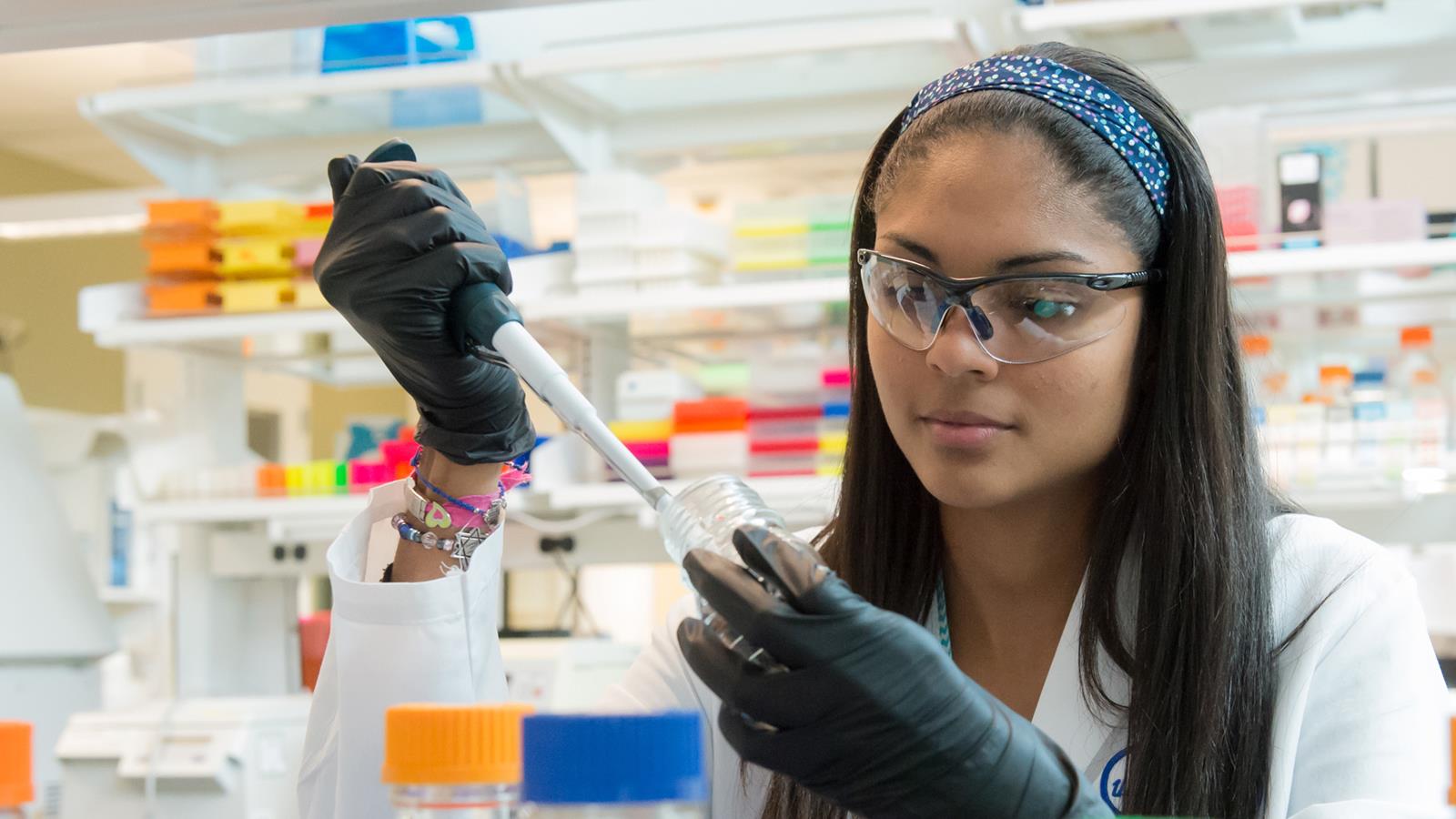
Credit: Argonne National Laboratory
The facility also offers a full tour, taking students through the working lab where they can see and experience a live workspace in action and get a feel of what it means to work in a lab. The lab also offers yearly competitions, conventions and conferences like their “Science Career in Search of Women,” aimed at encouraging STEM in female students.
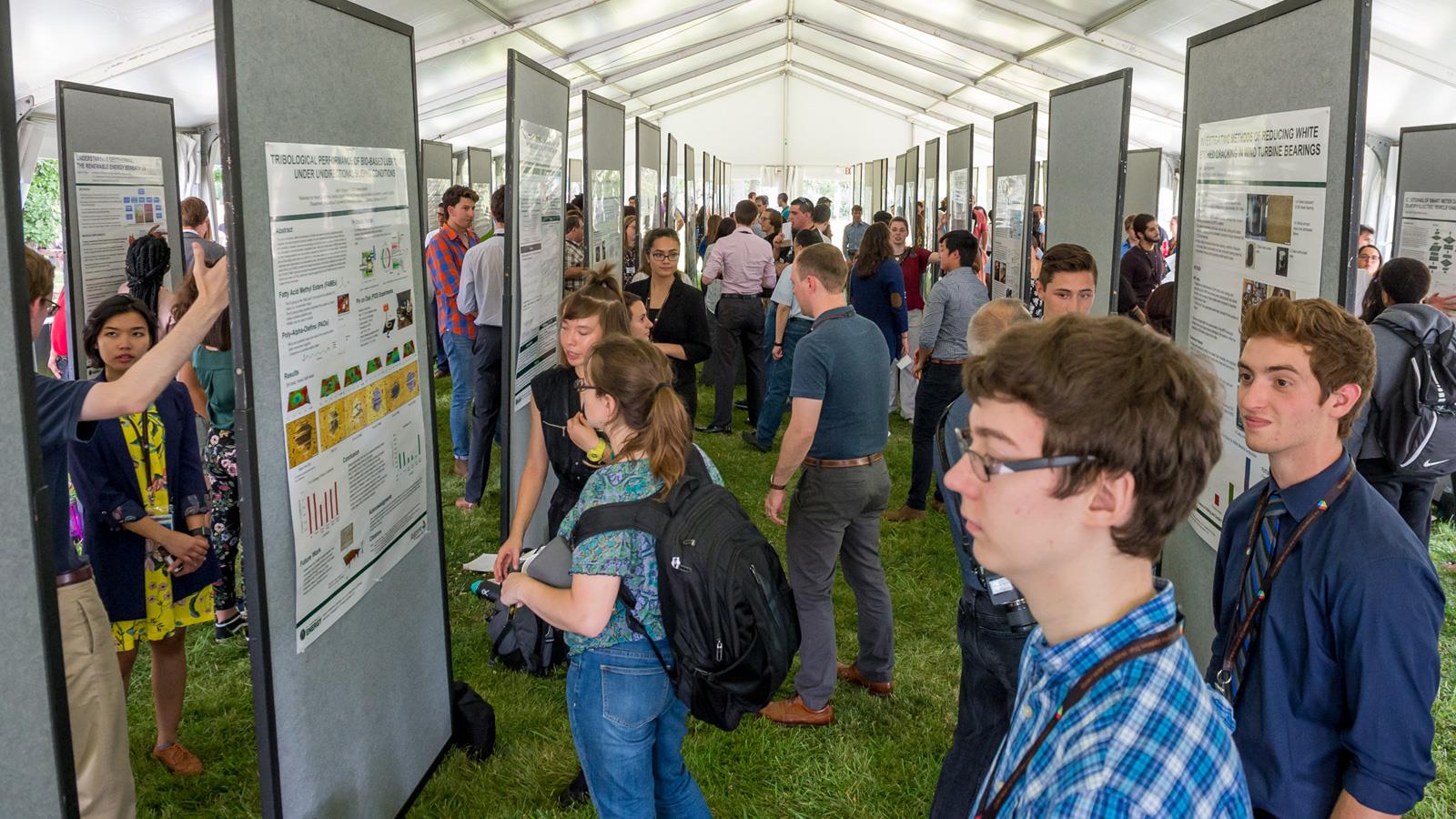
Credit: Argonne National Laboratory
Com-Ed Smart Energy Hub offers a place for students and teachers to learn more about how energy is both harnessed and delivered to the company’s 3.8 million customers, and how we as consumers can converse and use that energy smarter. With two locations in both Chicago and Rockford, the company’s training centers become a classroom, offering employee expertise to answer any questions students may have during the 60-90 minute experience.
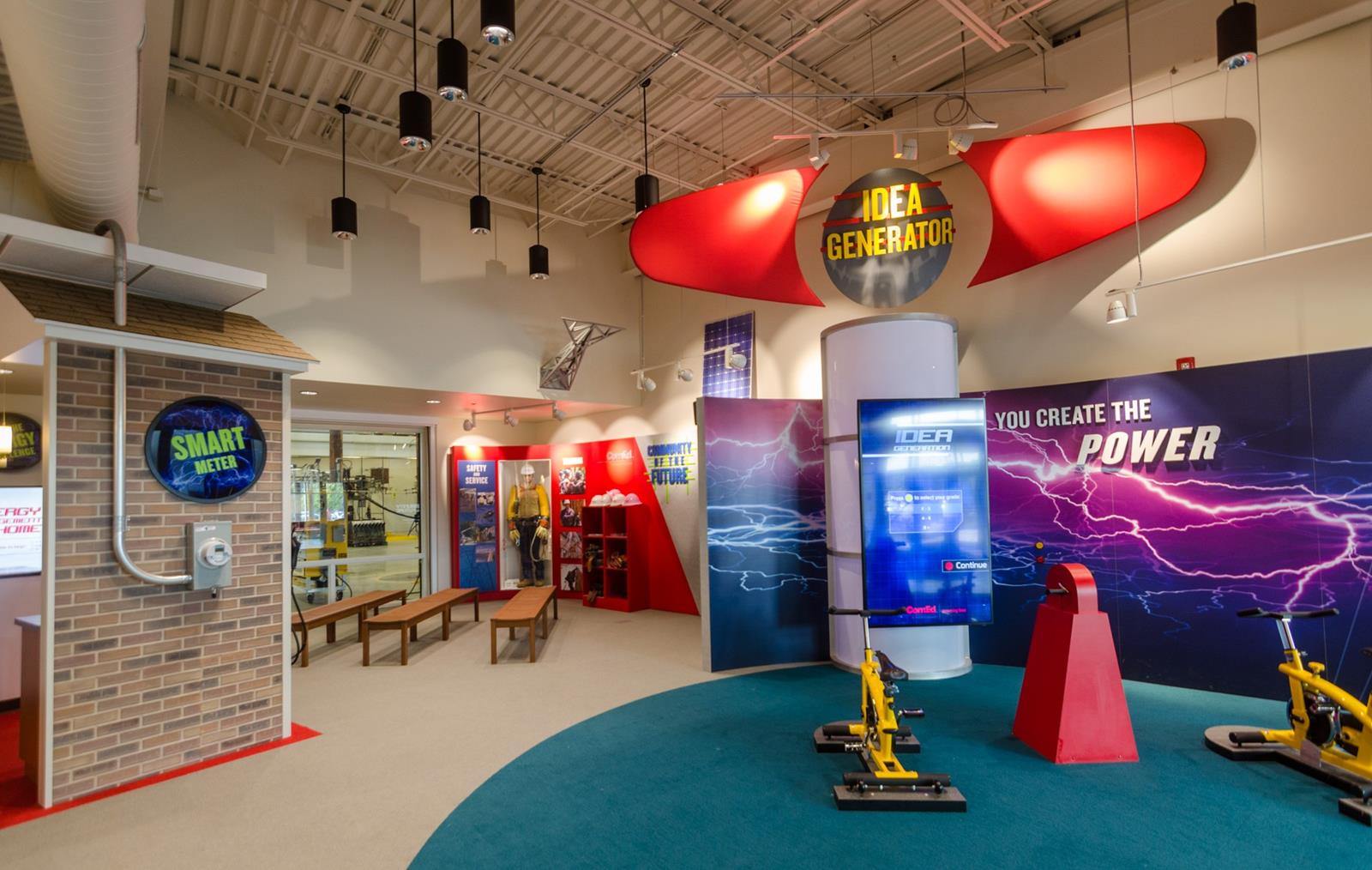
Credit: Com-Ed Smart Energy Hub
Loaded with interactives to engage with, the experience emphasizes how subjects like science, technology, math and engineering all come together to keep millions the homes of millions powered.
Nature/Outdoor Activities
The Indiana Dunes Learning Center offers outdoor fun and learning for students interested in all fields of STEM. Recently designated a National Park, it also has a litany of educational programs for students to take advantage of. At the Indiana Dunes Learning Center, students can take part in programs such as DuneVersity, where middle-schoolers take 3 days to investigate the local ecosystems and practice professional research methods, and Dunescopes, in which high schoolers learn about climate change and the effects on the Great Lakes it can have. These opportunities and many more are available for all ages and grades.
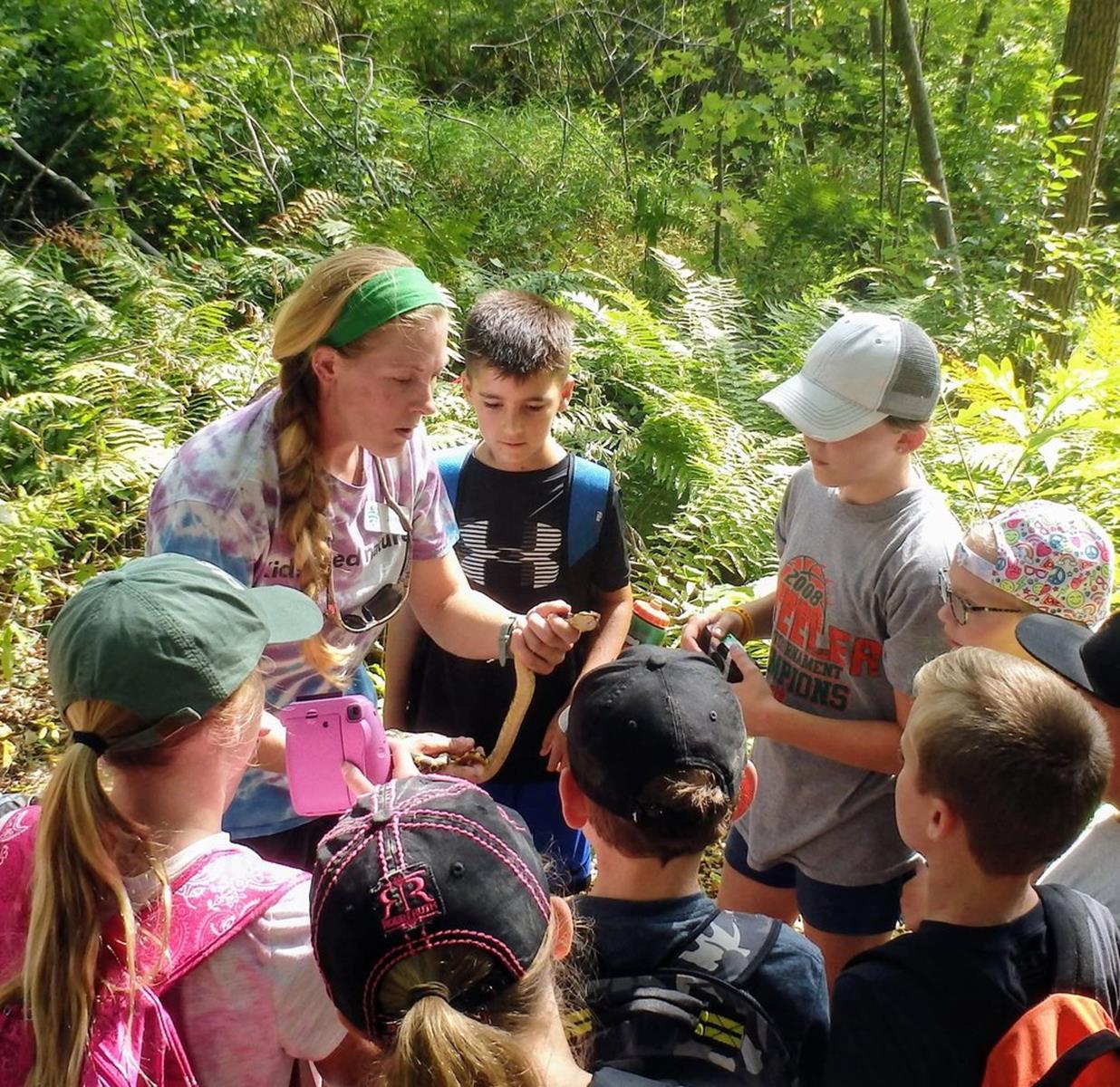
Credit: Indiana Dunes Learning Center
A living museum of trees with more than 220,000 trees and plants, the Morton Arboretum is where science and nature come to life. No matter what grade your students are, the Morton Arboretum has a tour for you. From learning about biological changes in organisms to how the seasons affect trees differently, the Arboretum’s experts use expert teaching methods that are designed to extend scientific inquiry in students.

Credit: Visit USA
For a more broad approach, open-air tram rides that allow a full view of the whole facility with live commentary are offered. Coupled with its 16 miles of trails and 1,700 acres of land to explore, even self-guided tours offer a chance for students to learn.

